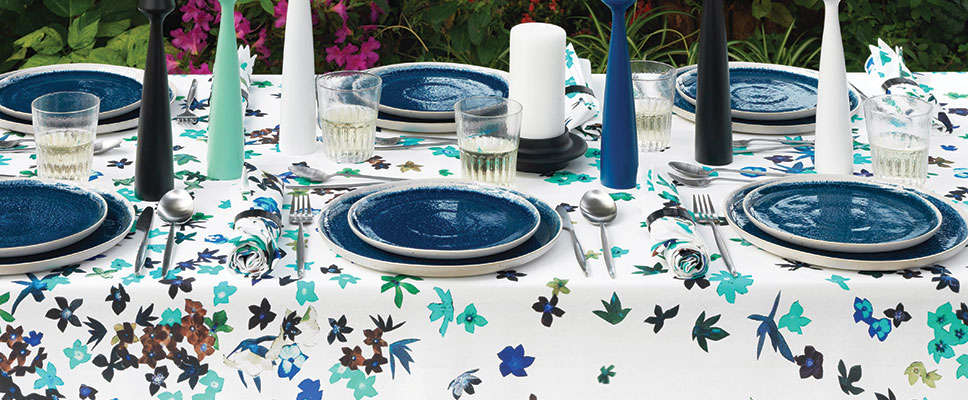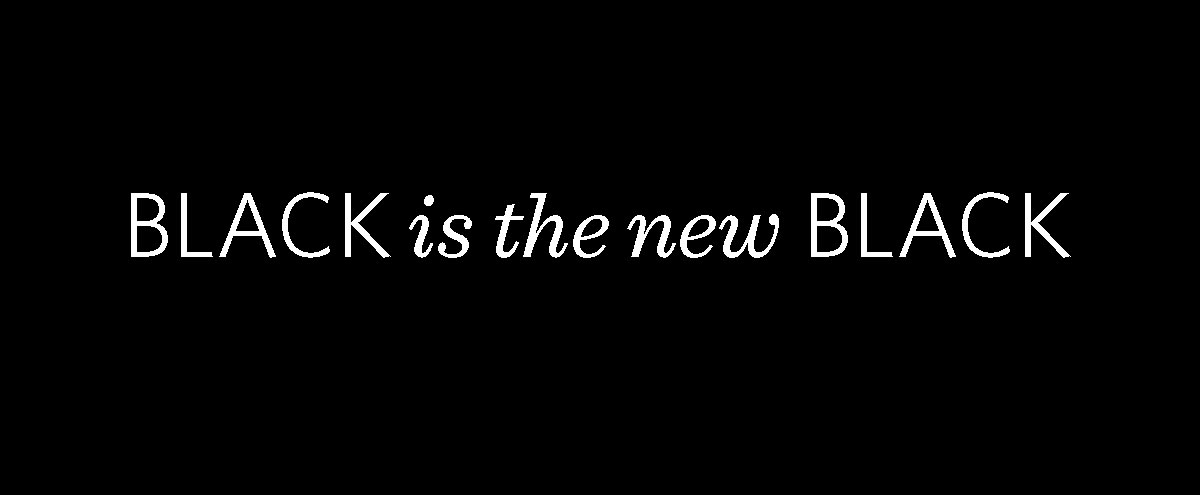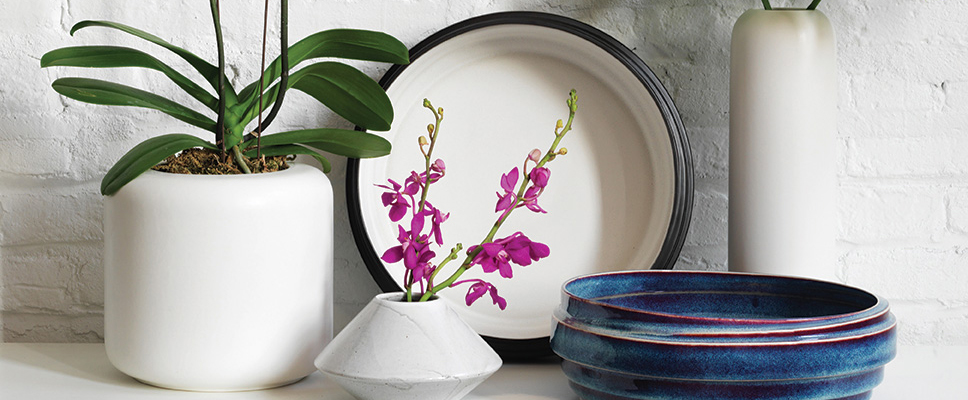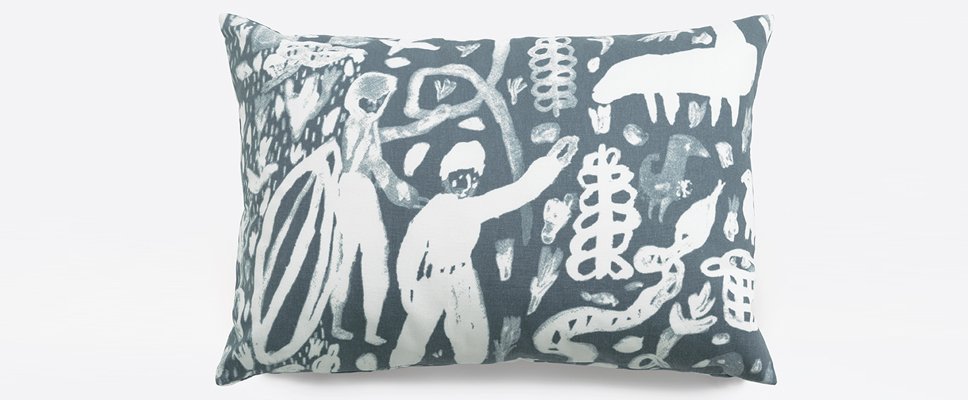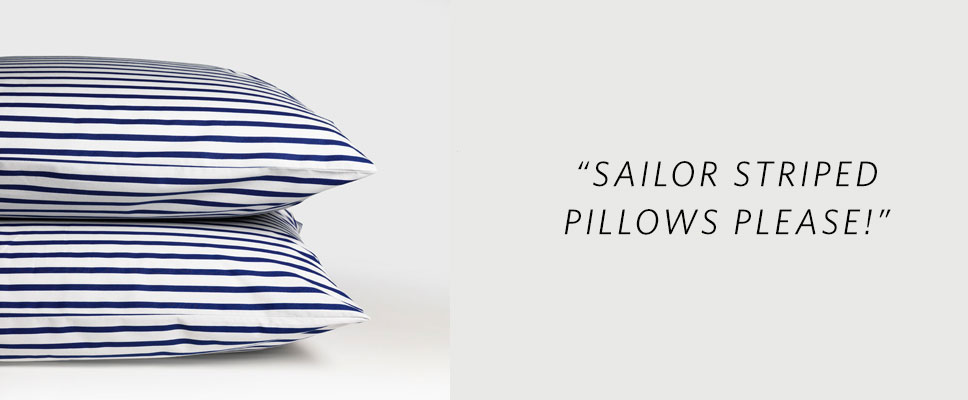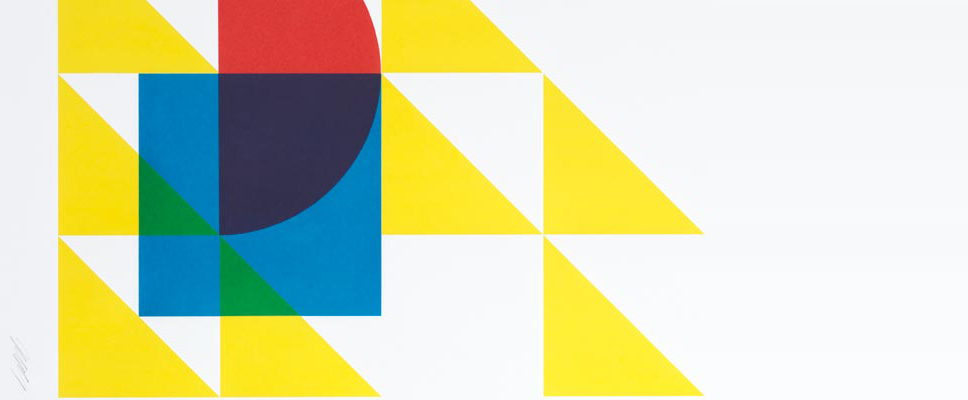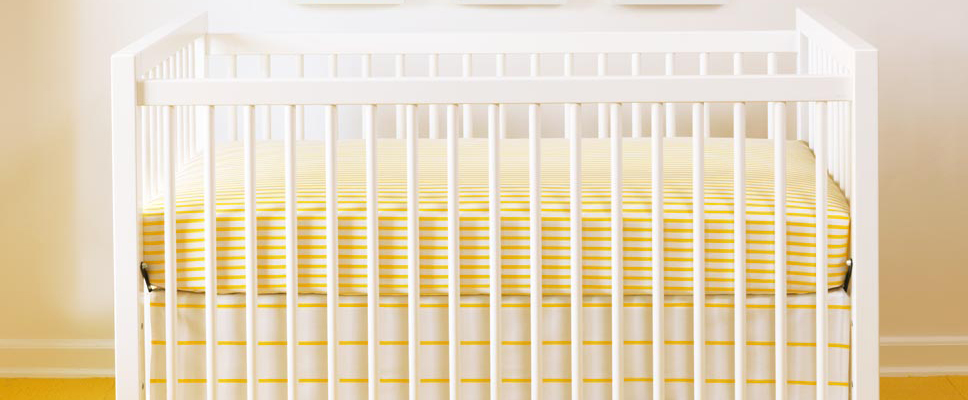A Q&A With Designer Stephen Eichhorn
Previously, we together dreamed up Aerial, a mesmerizing, earthy graphic based on a collage of canyons. For this summer, we’re going full bloom with Floral Burst, a fresh, bright tablecloth based on one of Stephen’s botanically inspired pieces.
The original Floral Burst collage is actually many colors on a black background, but by inverting all colors it developed into a beautiful range of blues, giving the appearance of flowers floating on water. Producing the tablecloth has been a year in the making to find just the right printer that could retain all colors and textures. Turns out, digital printing was the way to go and finally one of our Portuguese vendors had perfected it on quality fabric that withstood many wash tests.

It’s the perfect time to get to know this talented artist and discover this project, which has us completely excited. Read our Q&A with Stephen below!
Unison: We loved working with you on Floral Burst. While it took a year to get the printing solidified, the creative process seemed to come about rather organically.
Stephen: Yes, this collaboration was an extension of our previous Aerial work. The floral burst pattern was taken from a relatively small collage that {Unison founders} Robert and Alicia further mediated. That’s been one of the joys of working with Unison – – the re-contextualization of existing work and the fact that we are typically, if not always, on the same page. In fact, the design process is pretty hands off on my end and is more about bouncing product ideas back and forth.
Unison: You often explore nature and organic shapes in your work. Why are you drawn to that theme and forms?
Stephen: I’ve been working on and slowly expanding my use of nature and organic shapes since I started making collage 7-8 years ago. I was initially drawn to the imagery because of its form and structure. Using found imagery and tracking down different collage components has led to other endeavors. For example, I came across orchids (that I’ve used in my studio practice) while hunting for floral imagery.

Unison: This project is different than Aerial (which looked almost like a photo) because it’s more punchy and graphic in nature. How do you think these works differ and what in your creative process made each unique?
Stephen: They are both born from the same formal exploration of manipulating photographic material, but the imagery and the rules I assign to making them drives unique outcomes. Each piece is the result of making simple gestures with collage — the Floral Burst coming from a mirroring of form in response to the kind of cosmic strata of flowers. The Aerial piece came from a more simplistic stacking of pattern, therefore making a new pattern.

Unison: What do you imagine as the ideal setting for the Floral Burst tablecloth?
Stephen: I like the idea of the tablecloth being used in a more informal context — outside at a cookout or in a mellow picnic setting.
Unison: How do you keep busy creatively beyond your collaborations with Unison?
Stephen: I am a working, self-employed artist so I am in the studio most days. Right now my time there is split between commissions (for private collections as well as work for several upcoming magazine features), developing new work and starting to make sculpture again.
Thanks, Stephen! We can’t wait to see what’s next from you. And, heads up to all you Unison shoppers: You can snap up the Floral Burst tablecloth online or in the Unison store.
Don’t forget to follow Stephen here:
Online:
http://www.stepheneichhorn.com
Blog:
http://stepheneichhorn.tumblr.com
Instagram:
https://instagram.com/stepheneichhorn



